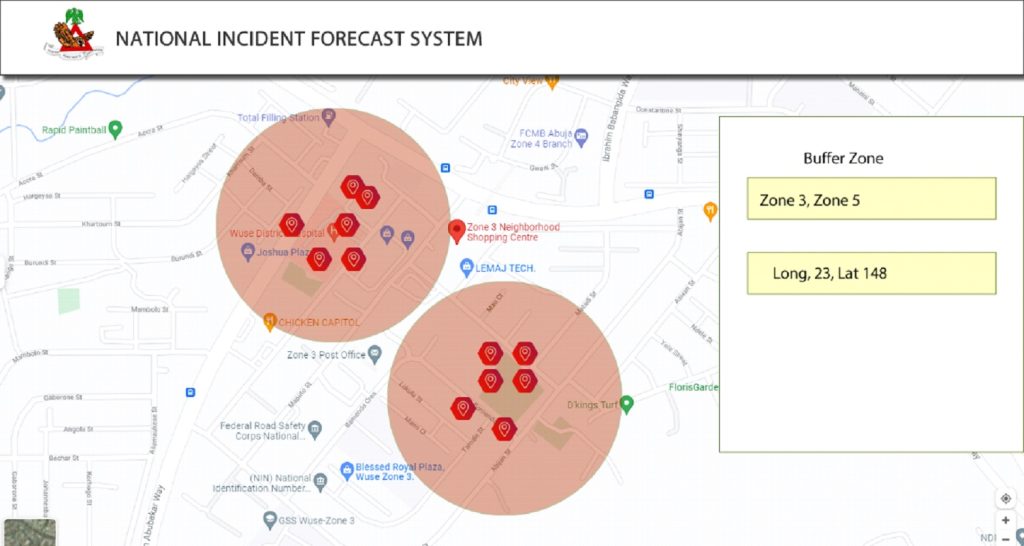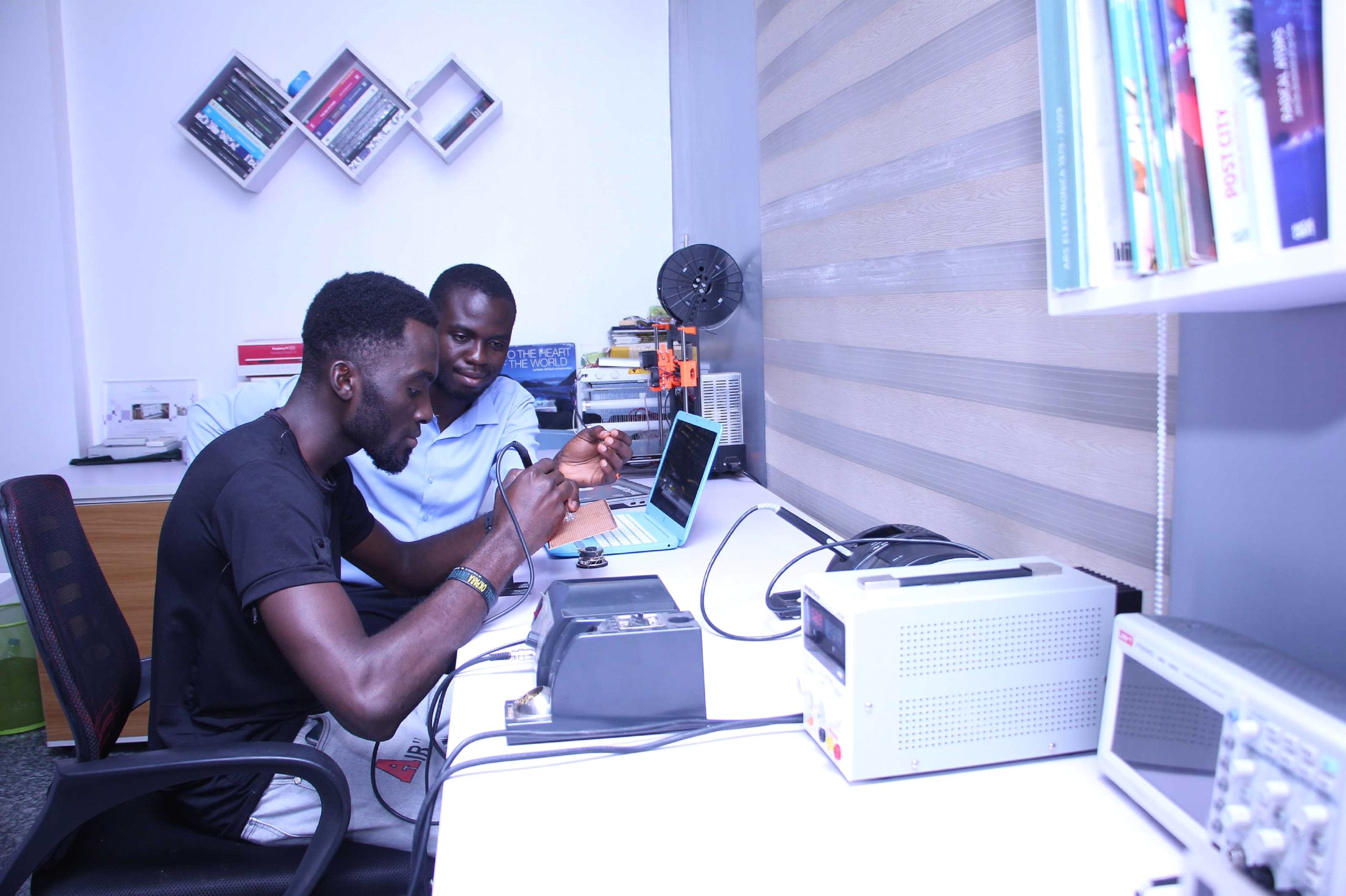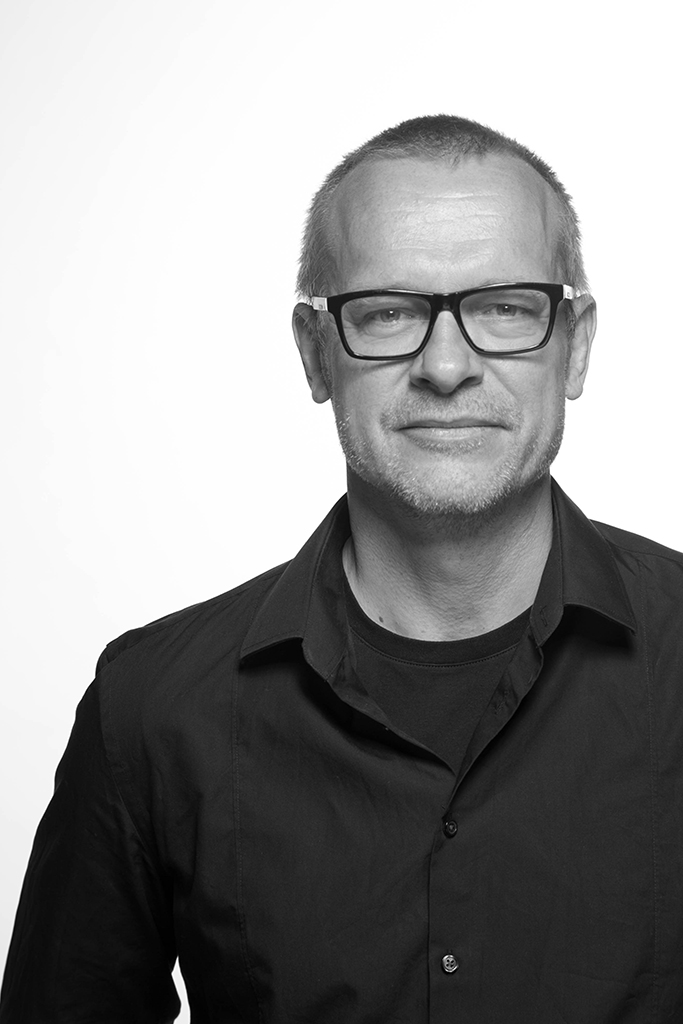Research and Development
NARAR
National Advanced Research in Artificial Intelligence and Robotics
National Advanced Research in Artificial Intelligence and Robotics
NARAR consists of a series of projects and in-house R & D to explore how AI can influence our immediate society.
Key Thematic of NARAR
NARAR Key thematic areas currently being research includes
⦁ Road Safety
⦁ Security and Public Safety
⦁ Advertising and Digital Media
⦁ Agriculture and Food Security
AI CRIME FORECASTING

We are currently carrying out research on an AI driven Geospatial early Warning System which is an array of technology systems for the gathering, display, and manipulation of satellite imagery against incident data both historic and current to provide actionable intelligence which are expressed as forecasts and early warnings.
The system uses advanced geo-spatial analytics with applied statistical models to identify changes in the geographic patterns of insurgent attacks or incidents, and automatically alerts appropriate decision makers when abnormal changes occur.
An underlying Analysis engine driven by Artificial Intelligence, Machine Learning, deep learning and complex mathematical models to perform incident mining, data interpretation, and predictive forecasting and actionable intelligence in the fight against insurgency.
THE CHALLENGE
Geo-fenced Boundary System will consist of Computer Vision Cameras deployed at mapped locations that form the boundaries such as entry points on highways, T junctions and other points of Interest (POI) of the FRSC. The cameras are programmed with Computer Vision and AI to detect and log unauthorized vehicular movement in real time such as Tankers, Construction Machinery, Motorbikes that are banned from certain streets or roads etc.
The system can also detect Average Speed of vehicles and generate real-time reports on daily average speed on tagged highways.
A central monitoring unit will receive and aggregate detection alerts and other data generated from object detection from the geo-Fence.
GEO-FENCING AND VIRTUAL BOUNDARIES FOR ROAD SAFETY
⦁ Detection of restricted vehicles such as trucks, motorbikes and Keke-Napeps in designated areas.
⦁ Gather data on violations on restrictions by banned vehicles in designated locations.
⦁ Access to real-time data to enable preventative intervention approach in actualizing organizational mandate of public safety on the roads as well as accident reduction.
The R & D seeks to develop a framework with a suit of technologies that can be adopted by public safety officials in predicting and prevention of road crashes and unauthorized intrusions on Nigerian roads.
IoT LAB

The IoT Lab comprises of in-house technologies, prototype projects and technical expertise for the advancement and development of Internet of Things (IoT).
It is an experimental and experiential Lab for hands-on experience with state-of-the-art lab equipment amidst IoT prototypes.
The Lab is equipped with tools to build IoT products and Toolkits for students, researchers and engineers to quickly get their hands busy which generates interests towards a career path in IoT.
Data Science Lab
The Data Science Lab is an experiential ensemble that sheds light on the possibilities of data and its ability to drive informed decision making.
It encompasses a suit of in-house technologies, prototype projects and technical expertise for the advancement and development of Data Science
The Lab is equipped with tools to build IoT products and Toolkits for students, researchers and engineers to quickly get their hands busy which generates interests towards a career path in IoT.
AI Lab
AI Lab is an experiential expose on Artificial Intelligence curated to explore the possibilities of artificial intelligence and how it seeks to advance humanity from both the positive and darker side.
The lab also features AI projects in Artificial Intelligence with tools to immerse and engage our community of technologists and enthusiasts towards a deep dive into Ai and related technologies.
The Data Science Lab is an experiential ensemble that sheds light on the possibilities of data and its ability to drive informed decision making.
AI Summit 2018
Gallery of Code held an Artificial Intelligence summit in 2018. The summit was facilitated by Ars Electronica Futurelab with Professor Horst Hoertner from Ars Electronica. Workshops held from Aug 17th – 20th 2018 at Thought Pyramid Art Center a
Artificial Intelligence is the projection surface for a process of reflection upon our conceptions of human beings and machine beings as well as of the world views that are widespread in this digital age of ours.
Is artificial intelligence evolving quicker than the regulation to manage it? Are we sufficiently able to imagine what major problems may emerge, and can it even be effectively regulated? The summit with presentations and interactive sessions, explored possibilities, threats and challenges.
Horst Hörtner is a scientist, researcher, media artist and inventor of the hugely successful SPAXELS (3D display with drones). The Senior Director at Ars Electronica Futurelab he is an expert in design of Human Computer Interaction and holds several patents in this field.
SPAXELS was used by Intel for the light show display at the PyeongChang Winter Olympics in 2017 as well and the Super Bowl.
In 1989 he freelanced as a developer in the areas of real time control, ropebelt conveyors & robotics. In 1991 he co-founded the artists group “x-space” which created computer interactive arts, robotics and net-art.
In 1997 he became Director of ARS ELECTRONICA FutureLab, and holds a position as conjoint Professor at the University of Newcastle/Australia. He is working in the nexus of art & science and giving lectures and talks at numerous international conferences and universities.
@@@
Prof. Horst Hoertner will speak on Artificial Intelligence and its applications in Industry, Media Arts, technology and society.
He will also be addressing topics bordering on
⦁ Artificial Dignity
⦁ Swarm OS – The History of SPAXELS (Space Pixels)
⦁ Conceptual Framework of AI
⦁ Ars Electronica FutureLab
⦁ Speed Art Thinking
@@@

PROF. HORST HÖRTNER
Senior Director at Ars Electronica Futurelab
